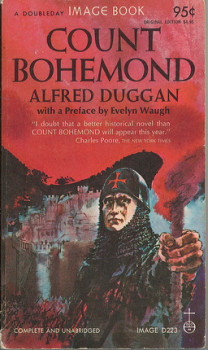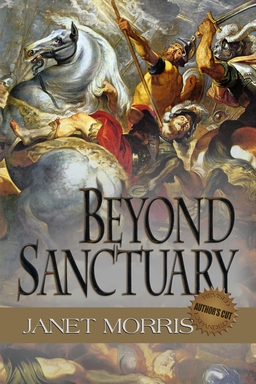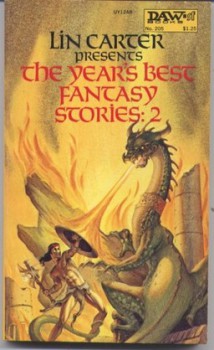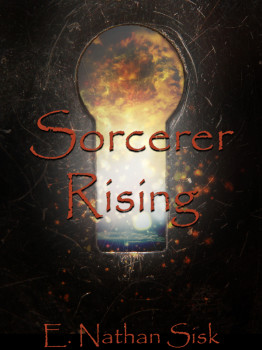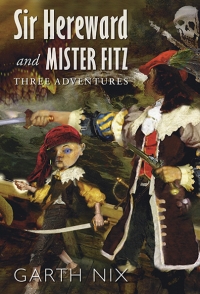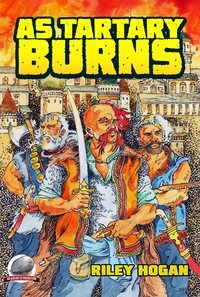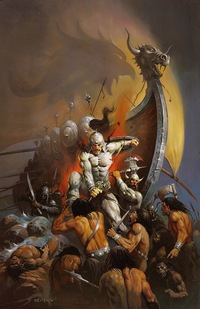The Series Series: The End Is Nigh: The Apocalypse Triptych, edited by John Joseph Adams and Hugh Howey
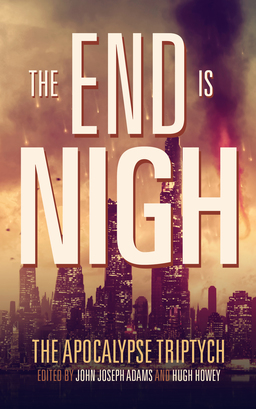 The end of the world turns out to be heartbreaking. Who would have guessed?
The end of the world turns out to be heartbreaking. Who would have guessed?
This anthology of end-of-the-world stories from two dozen big-name and up-and-coming writers is nothing like the Hollywood blockbuster apocalypse experience, all stirring music and flashy effects, tidily wrapped up with a life-affirming ending in under two hours. Nor is it much like the sprawling genre novels of cosmic disaster that we like so much. You could stack the dead characters in George R.R. Martin’s A Song of Ice and Fire like cordwood and get a wall longer than Hadrian’s, but we keep reading because there are still characters to root for, and moments of hope for a world that hasn’t altogether ended.
Adams and Howey’s planned three-volume anthology series The Apocalypse Triptych opens with a volume of stories that cover the moment the old world ends. A second volume, The End Is Now, will feature stories set in the midst of the chaos between, and The End Has Come will focus on the beginnings of whatever gets built from the ashes.
The structure of The End Is Nigh shapes a very specific emotional rhythm and, if you try to read the book straight through over a few days, a reading experience unlike any other I’ve had. Each author has come up with a different take on how the world might end, and each story presents a different vision of what the world that’s ending is like.
The viewpoint characters are all deliciously different from each other and their predicaments grow increasingly extreme in their deliciously different and often absurd ways, until the not-so-delicious moment when the worlds and stories end. No matter how funny, juicy, or satirically entertaining the story has been up to that moment, the world’s end hits like a knife to the gut. You’re still reeling when the story slams into its last sentence and ejects you before you can find some way to ask, But what happened next?
And then, dear reader, you turn the page and go through it all again. You try not to get too attached to the main characters, whose odds of survival two weeks past the final paragraph range from pretty slim to definitely toast.

